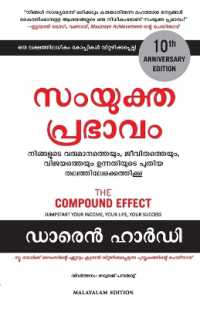Full Description
This book offers a clear and consistent English translation of Riepel's first two volumes, which contain a substantially complete presentation of the first and most influential comprehensive compositional and analytical theory that relates to the major homophonic instrumental forms of the eighteenth century, the symphony, concerto, and sonata. Used in conjunction with the glossary of translated terms, this translation offers new illumination of Riepel's theory, even for native German speakers. The five chapters of commentary demonstrate that Riepel conceived of macrorhythms at the phrase and period level based on the dynamics of implication and realization; that he distilled this theory from his study of works by Benda and the Grauns, their teacher Pisendel, and, to some extent, his teacher Vivaldi; that Leopold Mozart used Riepel's approach to train his young son, Wolfgang; that Koch's theory of symphonic composition is essentially a partial modernization of Riepel's; and that Riepel's theory of analysis amounts to a kind of parsing that does not depend on intention for its validity. Riepel's focus on the Absatz ("comma") and cadence as segment-defining punctuations simplifies the task of informed listening for the modern student and provides a secure, consistent, and non-essentialist foundation for period-sensitive analysis and criticism.





